Midsommar's End
No. 138
The car wasn’t the first thing I saw when I got off the plane from Boston Sunday afternoon, but it was close to it, and talismanic confirmation that I had returned to what the cover of Austin’s free weekly dubbed “our triple-digit hellscape.” A white 1980 Lincoln Town Car with chain link around its front plate and a massive longhorn skull tied down as supplemental hood ornament, navigating the way between some Texan variation of the warriors of the wasteland fantasies that filled the VHS racks when that car was young, and the true dystopia that is aborning all around us. The fellow behind the wheel looked pacific enough, turning left toward the old route of the Camino Real de los Tejas.
I had warriors of the wasteland on my mind. That weekend I had given a talk in Boston about depictions of nature in dystopian fiction, which included a digression about the ambiguous etymology of the term wasteland, a word whose negative connotations, when you dig deeper, turn out to be intertwined with the land’s ability to serve our productive needs. The wastes are the part of the wilderness that we can’t take, or haven’t yet taken, and are left free of our intervention. A word used by early American jurists to refer to what we would now call the commons, and whose understanding also helps decode the ways those narratives of rewilded or desertified futures also express our secret yearnings for nature’s rebalancing of the damage we have done to it.
The heat is so prematurely brutal here this year that even the drought-tolerant native plants of summer seem to be struggling. The grasses are browning out before their time, the sunflowers dry out and shrivel before the finches can finish harvesting their seeds, and the yellow blossoms of the partridge pea seem weirdly parched—smaller than usual, as are their pods. The Alamo vine has started to bloom at the edge of our roof and the fence behind the pipeline marker, but its normally intense hot pink flowers have lost some of their saturation, dialing it in closer to rose. Only the old man’s beard looks about the same, with its hairy white sepals fuzzing out the fences along the railroad tracks near my office. But it’s a plant whose name encodes the nearing of the end, when the wisdom comes to you too late to do much good.
I thought about the old man’s beard again Friday, when I tagged along on a long lunch to go see the airheaded new Mission: Impossible movie, the real theme of which seemed to be a consideration of whether Tom Cruise is afraid of death. This was evident not just from the sexagenarian stunts, but from the riddles the malevolent AI that is the principal villain keeps asking the agents through its code keys and screens. Early in the movie, a group of aging character actors pretending to be senior U.S. intelligence officers talk about the certainty that the world will soon be wracked with climate change-induced war and crisis, for which the only remedy is an algorithmic dictatorship that preempts nation states and gets the global population in line through epistemological control. The Scientologically enhanced last hero, the movie seems to conclude, can only save some of us. (As it urges you to please come back next year for Part Two, which promises underwater action beneath the melting polar ice cap.)
I gave my talk at Readercon, the bookish Boston version of a science fiction convention, which styles itself as a “conference on imaginative literature.” When it was last held in 2019, I had picked up a book from the dealers’ room table of PM Press, Peter Linebaugh’s The Incomplete, True, Authentic, and Wonderful History of May Day. An effort to reconcile the Red and Green variants of that holiday, the opening chapter features a remarkable description of the May Day celebration at Merrymount, a 17th century English colonial outpost in became Quincy, Massachusetts, just down the hill from the frontage road Marriott where we were gathered. Linebaugh describes a joyous pagan bacchanal in 1625 around an 80-foot antler-topped maypole erected on a high hill, joined in by colonists and Indians, employers and indentured servants, straight and gay, lubricated by fresh-brewed beer and the suggestion of free love, just north of the Puritan colony at Plymouth. On this trip, I wanted to go find it.
The settlement at Merrymount, also known as Mount Wollaston, or Ma-re mount after the purported translation of the Indian place name Passanagesit, was commercial one, dedicated to fur trading. One of the junior partners in the company, a lawyer named Thomas Morton, took over after encouraging the indentured servants to rise up against their boss, Captain Wollaston. He advocated a different approach to intercourse with the American continent—a hunter who loved the wilderness rather than fearing it, he built relationships with the Indians more like those of the French trappers, and, most heretically, armed them with guns, in part to secure superior trade. He pissed off the Pilgrims so badly they sent Myles Standish to cut down the maypole, disband the colony, and arrest Morton and ship him back to England. As vengeance, Morton managed to get the Plymouth colony’s charter revoked, and wrote a popular book ridiculing the Puritans—including the diminutive Standish, who he nicknamed “Captain Shrimp.” But his efforts to get back to that place were not really successful.
The story’s narrative binary is too convenient to be true, riffed by Hawthorne in his 1836 short “The May-Pole of Merry Mount,” and latched on to by countless others over the years. But its promise as a counterfactual is profound—the idea that there could have been a collision of English and Native American culture on more reciprocal terms, terms that embraced rather than destroyed the wild nature they found. Even when you factor in the reality of how decimated the indigenous populations already were from imported disease by the time Morton and company arrived, and how altered the landscape they inhabited already was.
Last Saturday afternoon my son, whose presence in Boston this summer for school was the real reason I attended the conference, joined me in a tour of the remains of Merrymount. They are all over the place, in the rewilded marshlands along the coast in Quincy, and in the place names—Mount Wollaston, Merrymount Park, Passanageset Park at Broad Meadows Marsh. The most interesting spot we found was Maypole Park, a steep, wooded little hill in the middle of a quaint residential neighborhood above a creek. The maypole is not there, though its remains supposedly can be seen in the local history museum. But when you climb up the hill, and take in the view it affords of the coastal islands, even with office buildings in the way, and experience the weird simple wonder of the grove, you can envision the alternate America they almost conjured.
At the back of the park, there was some kind of neo-pagan intervention at the base of a tree, one we could not decipher, but made us wonder what people get up to on that hill after dark.
Some of the rewilded marshes, as I learned on my Saturday excursion with Hugo, and a Sunday morning hike with my colleague Jeff VanderMeer, who was the conference’s highlighted guest, are so infested with mosquitoes in the summer months that you can’t really penetrate them. A sign, one suspects, not of ecological health, but of some profound imbalance, but who knows—I’ve experienced similar challenges in short-summered national parks from Minnesota to Alaska. But the promise of these restored wetlands along Boston Harbor is real—showing how easy it is to bring back pockets of wild and scenic habitat amid the endless urban sprawl of the East Coast.
On the flight up, I happened to be seated next to a retired high school earth science teacher from Quincy who told me the history of how the community had to fight to turn what had become industrial dumpsites back into wild spaces, instead of more corporate offices or government buildings as was proposed. He had even coached three 16-year-olds to scour an EPA report for details that would kill one such project, successfully doing so with testimony before a public hearing. It was an inspiring story, straight out of an after-school TV special about youth making democracy work right.
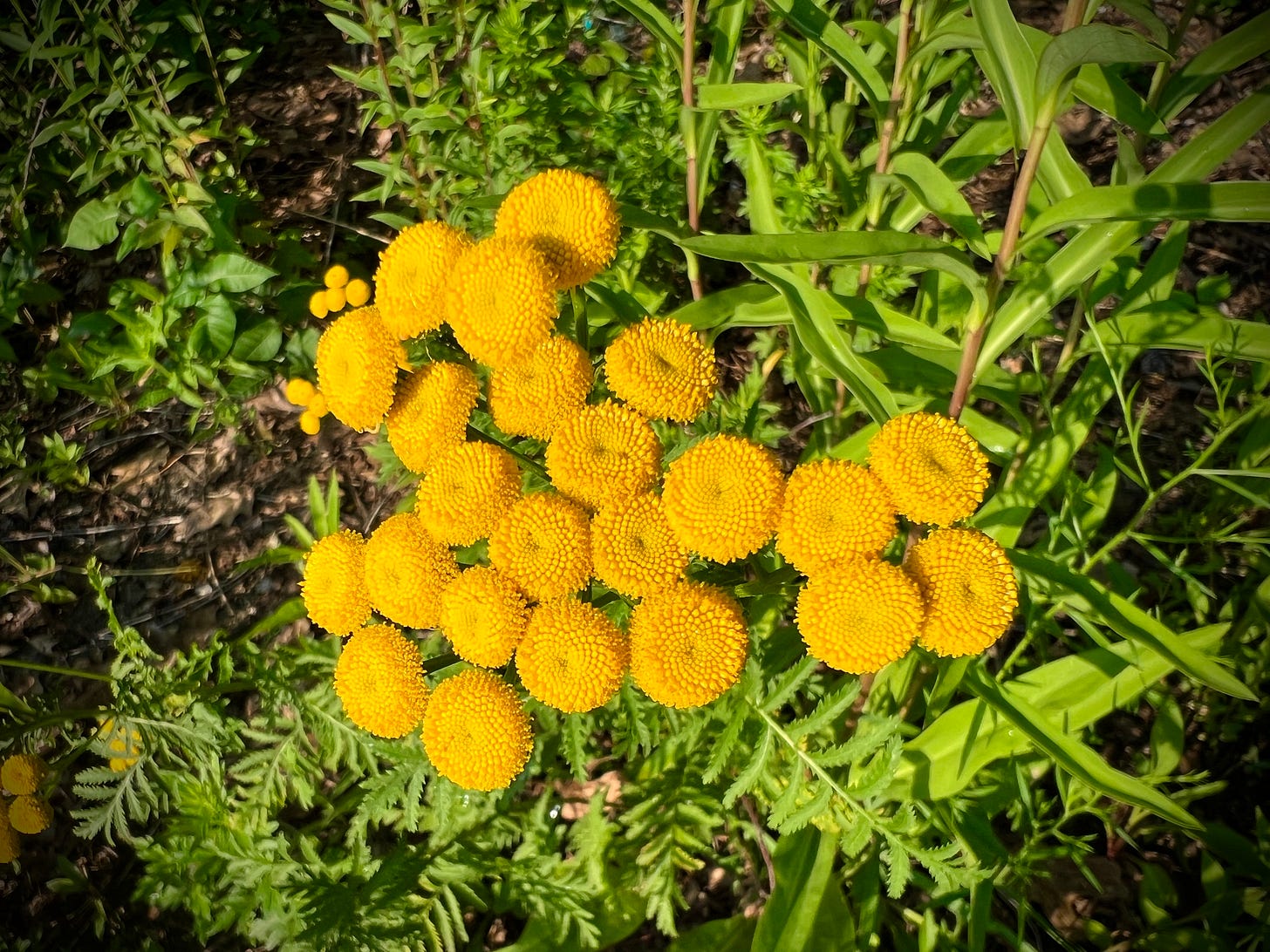
Maybe a few neighborhood teens would have helped us back here in Austin Thursday, when our City Council granted final approval of the rezoning of the Borden Dairy site frequently featured in this newsletter’s rambles, where a local developer and the private equity funds that bought Borden out of bankruptcy propose to develop a giant mixed-use project on 20 acres, half of which are currently an empty lot, next to a 43-acre wildlife sanctuary on the Colorado River, with 120-foot buildings in a major migratory bird corridor. We had a dozen young people come out to testify at first reading in May, but their pleas fell on deaf ears, even before we learned we had been disenfranchised by a maneuver that compelled our district representative on the Council to recuse himself. The fight is not yet over, but the fix is in. Trying to persuade municipal officials that their imperative for growth and infill needs to be balanced against the protection of wild green spaces is a quixotic undertaking—just ask the hundreds who turned out last month in Atlanta to try to stop the razing of an urban forest to build a police training base.
Maybe they think there is somewhere else the wildlife can go, out there in the wilderness that only exists in our imagination. Maybe it hasn’t sunk in with them that 69% of the wildlife of the planet has disappeared since 1970, because of our unrelenting sprawl.
The story didn’t even make the local paper this time, rightly preempted by the front page stories of state troopers dispatched to the federal border by the governor, ordered to push refugees back into the water—even children and babies—and laying out razorwire to slice the ones who make it up the banks.
I saw one wild heron in Massachussets. Not in the restored marshlands of the official parks, but in the rewilded edgeland of an involuntary park, the old quarry sites on which the Quincy Marriott was built. I walked it right at sunup on Saturday morning, exploring chained-off old truck roads that narrowed quickly into trails. They have more rain up there than us, and the wildflowers and grasses were coming in lush. A reminder of what could be, if we left a little more room on purpose instead of by accident.
In the stupid Mission Impossible matinee we screened Friday, the question the plot poses is who has to die to save the world. Saturday afternoon, sweating my way through this hot summer of neo-Puritan backlash, I found myself thinking about folk horror movies like Midsommar and The Wicker Man, and the older stories they drew on, mining the idea of the ritual sacrifice that secures our not-so-reciprocal exchange with nature, the other life we manipulate to generate the surplus that sustains our own. One of the things we found ourselves talking about at Readercon is how to articulate in our work a philosophy of rewilding the world that is not polluted with eco-fascist fantasies of compulsory depopulation. It’s not hard, if you accept that the first phase is fighting to protect every pocket you can of interstitial wilderness that still exists. And that the thing we need to sacrifice is not life, but some of our bloated so-called affluence—some of that surplus we have been piling up and fighting over the last ten-thousand years, since we figured out how to control the reproduction of other species.

Saturday morning, I caught up on some of the yard chores that the brutal heat of this summer has deterred by making it unsafe to work outside. I extracted some invasive Johnson grass from one edge of our green roof, as well as three saplings that had started to grow in spots where their roots might find a way to penetrate the roof and create a leak. Along one of the interior edges, I broke loose the massive gnarls of cross vine that we had spent ten years training to dangle over our windows, successfully achieving the post-apocalyptic bunker aesthetic we were going for, only to have it killed by the back-to-back deep freezes of 2021 and 2022. The heat of this summer had finally rendered it so desiccated that it easily snapped off, such that I could drop it like a thirty foot carpet roll without risk of falling with it onto the patio below. Come autumn, I will plant some new vines, and the Virginia creeper is already filling in the spots where the cross vine froze and died.
The prairie on our roof was looking astonishingly healthy, despite a sparse drip irrigation schedule to fill in the weeks without rain. More reassuring was the sign down in the shade of the hackberrys, back there behind the poison ivy and the ragweed, where I found a half-dozen new chile pequín plants growing there on a hill made of landfill trash. Weedy looking little shrubs I never used to notice until I learned what they were, their resilient reappearance in the harshest seasons always encourages me. The original wild pepper of the Americas, chile pequín is a plant that can only germinate in the wild, after its seeds have passed through the digestive system of a bird—a species whose presence on this continent long precedes ours, and that only survives in the liminal spaces we leave untended. Confirmation that a little bit of wildness still exists in the world, and that you can help it do so, simply by giving it a little bit of space, in the interstitial wasteland of the twenty-first century city.
Summer reading (and listening)
At Readercon I got to chat with my friend Gil Roth for his wonderful weekly books and culture podcast, The Virtual Memories Show. It was an engaging and wide-ranging conversation, and you can listen to it here if you’re interested. (The conversation starts at 12:45.)
My Sunday hike companion, the novelist Jeff VanderMeer, has an amazing piece in TIME about ecology and environmental politics in contemporary Florida. In a powerful, comprehensive, urgent and elegiac work of reportage, Jeff marries the lyricism of nature writing with deeply researched public policy journalism, and TIME gave him room to really tell the full story behind what the “secret history of loss” underway there and all over the country, and the planet—the destruction of wild life that goes on outside of our range of vision. Highly recommended.
This week’s visit to my P.O. Box brought a welcome surprise among the pile of lawyer magazines and professional junk mail—the ARC of Ed Park’s new novel Same Bed Different Dreams, which starts with the counterfactual premise that the Korean Provisional Government of 1919 has survived into the present, and can be expected (as telegraphed by the awesome epigram from Prince that opens the book) to diverge into the rich and wondrous territory Ed so cleverly and beautifully explores, finding ways to synthesize high and low culture, real and imagined history, and diverse points of view across cultures and oceans, comic and profound. I’m stoked to have this big book in my hands (despite having pre-ordered a copy for the November release), and have already seen others buzzing about what a tremendous novel it is.
Speaking of new books, I got editorial notes back on mine week before last, and now need to get after the hard work of revision. Field Notes will be on summer break while I do that, and should return to the regular schedule around Labor Day.
Stay cool.


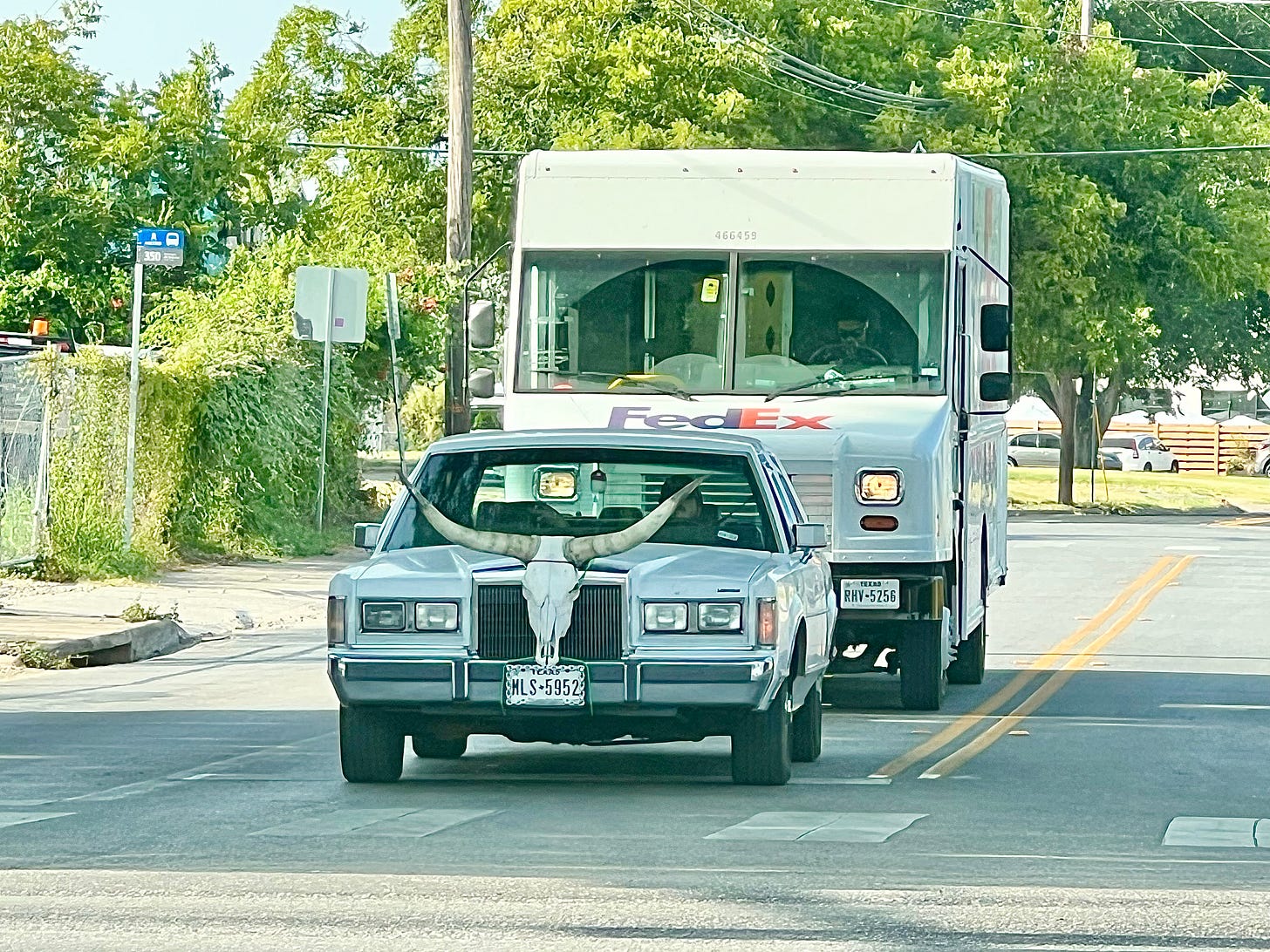
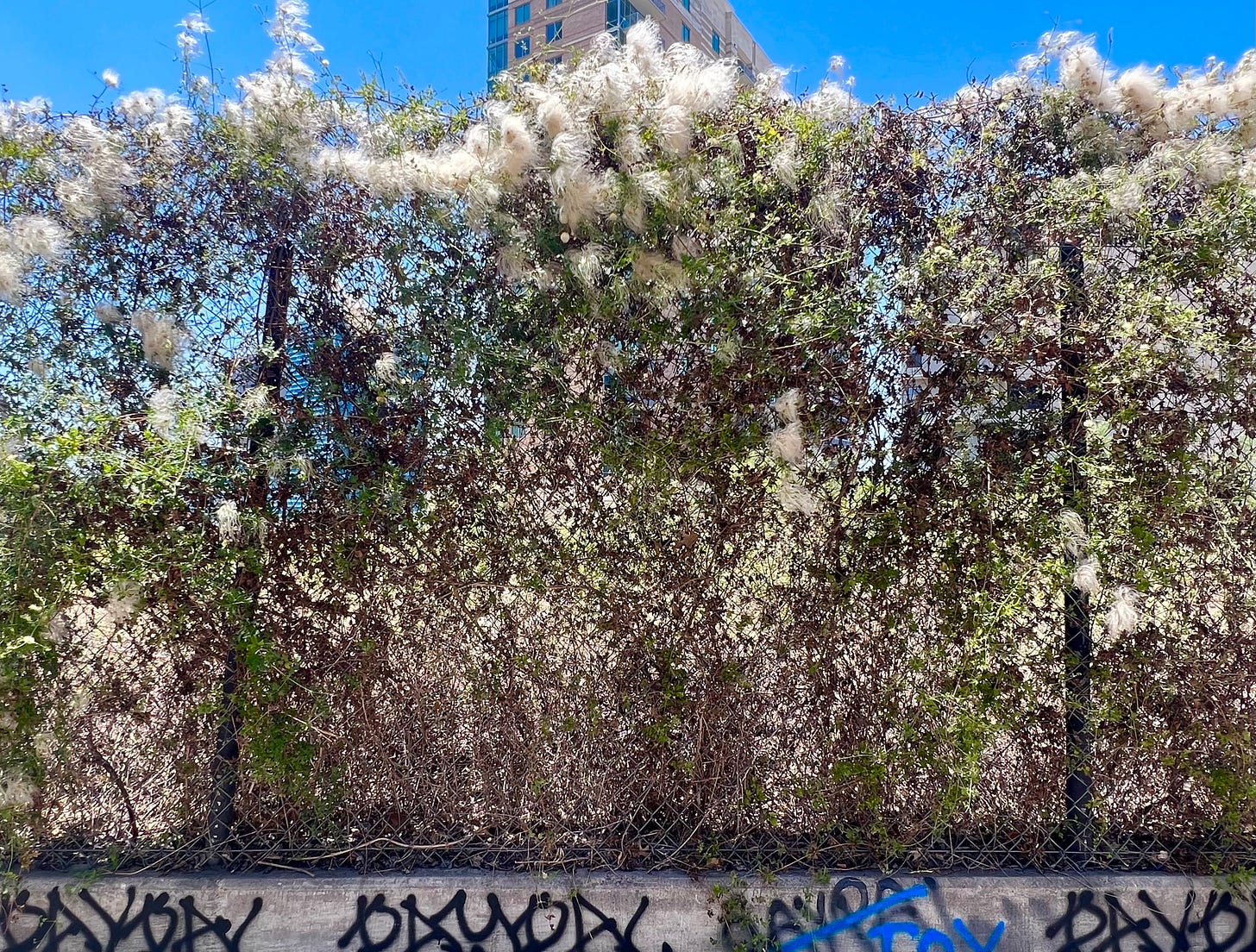

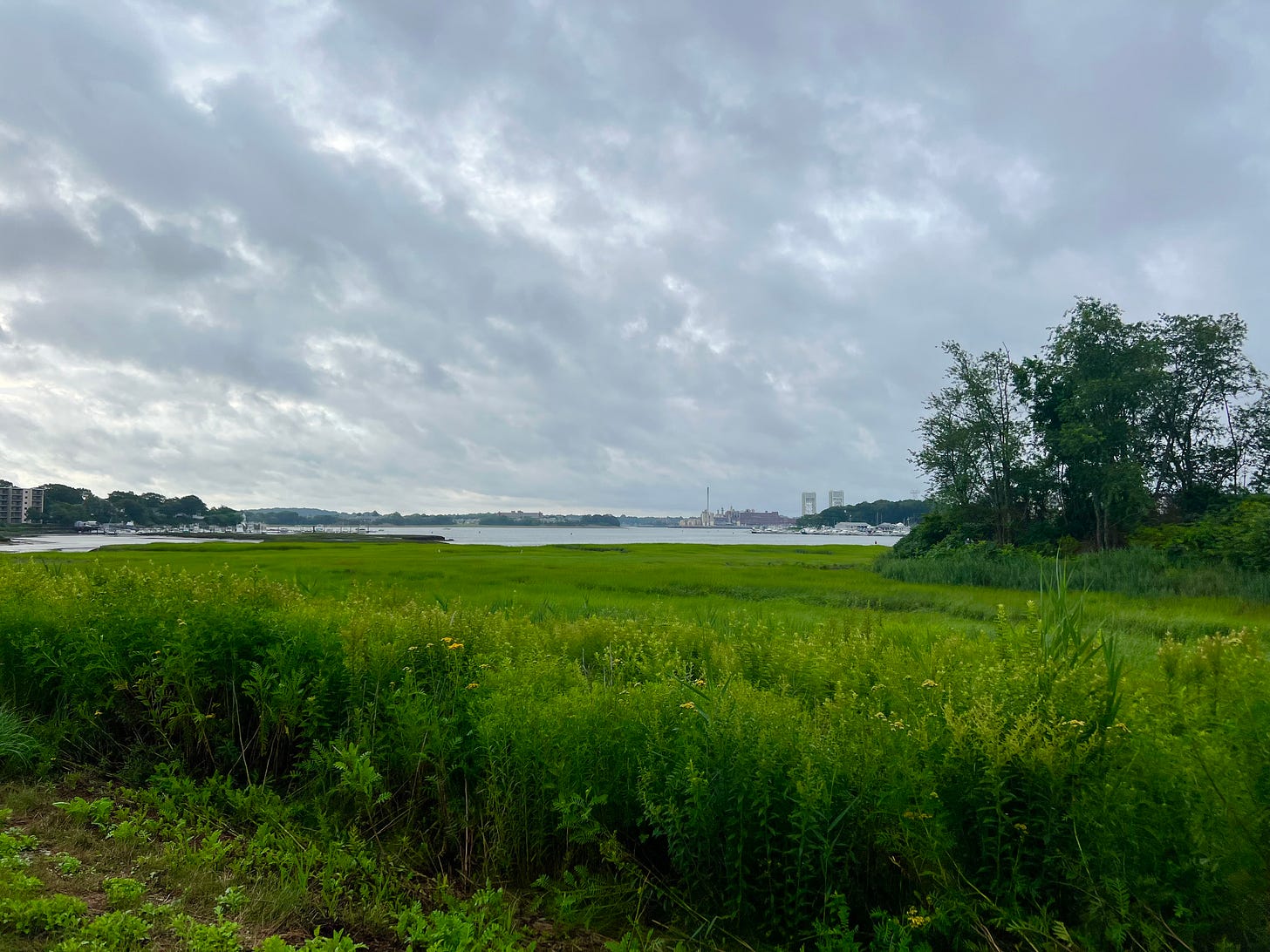
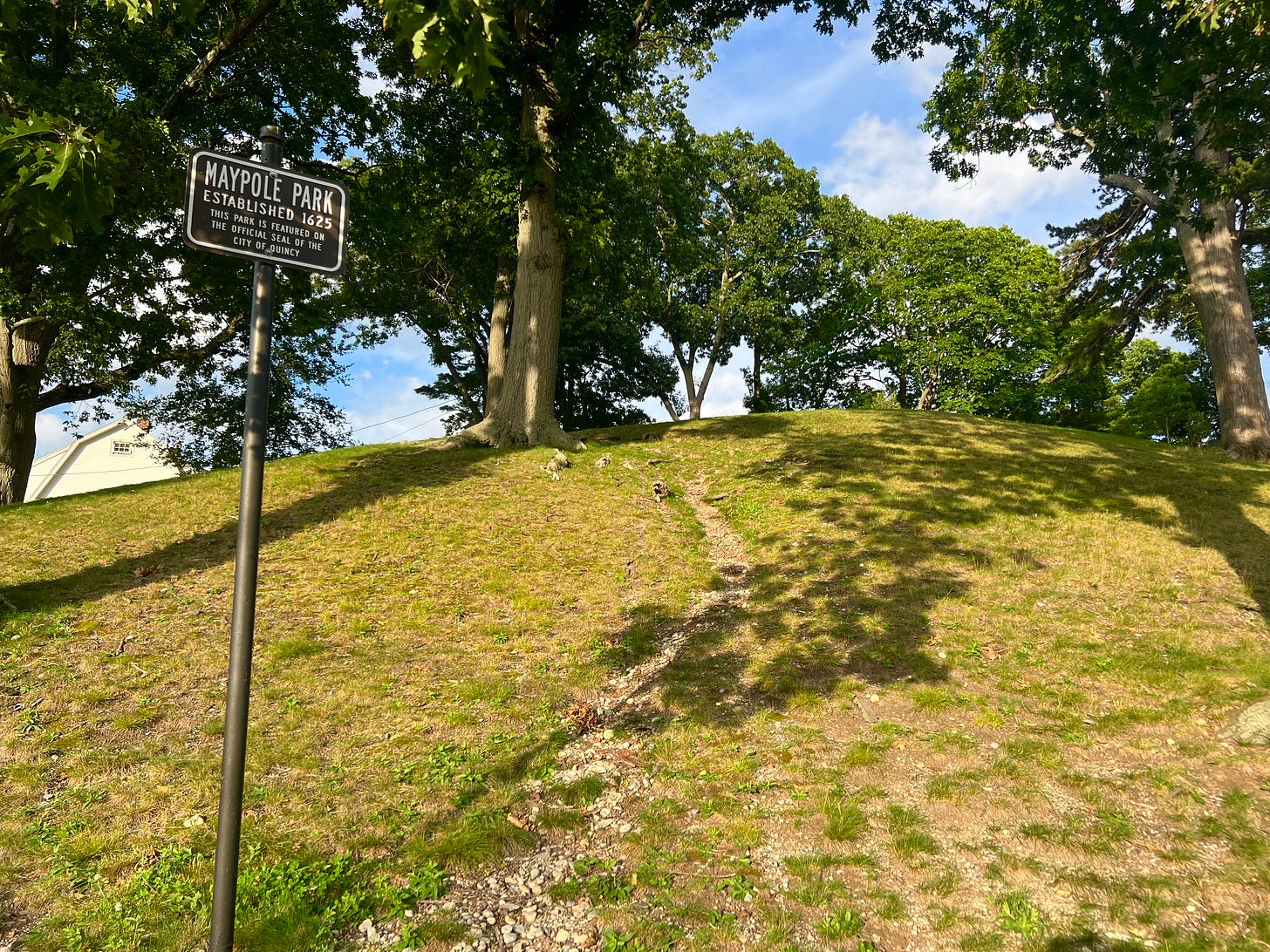
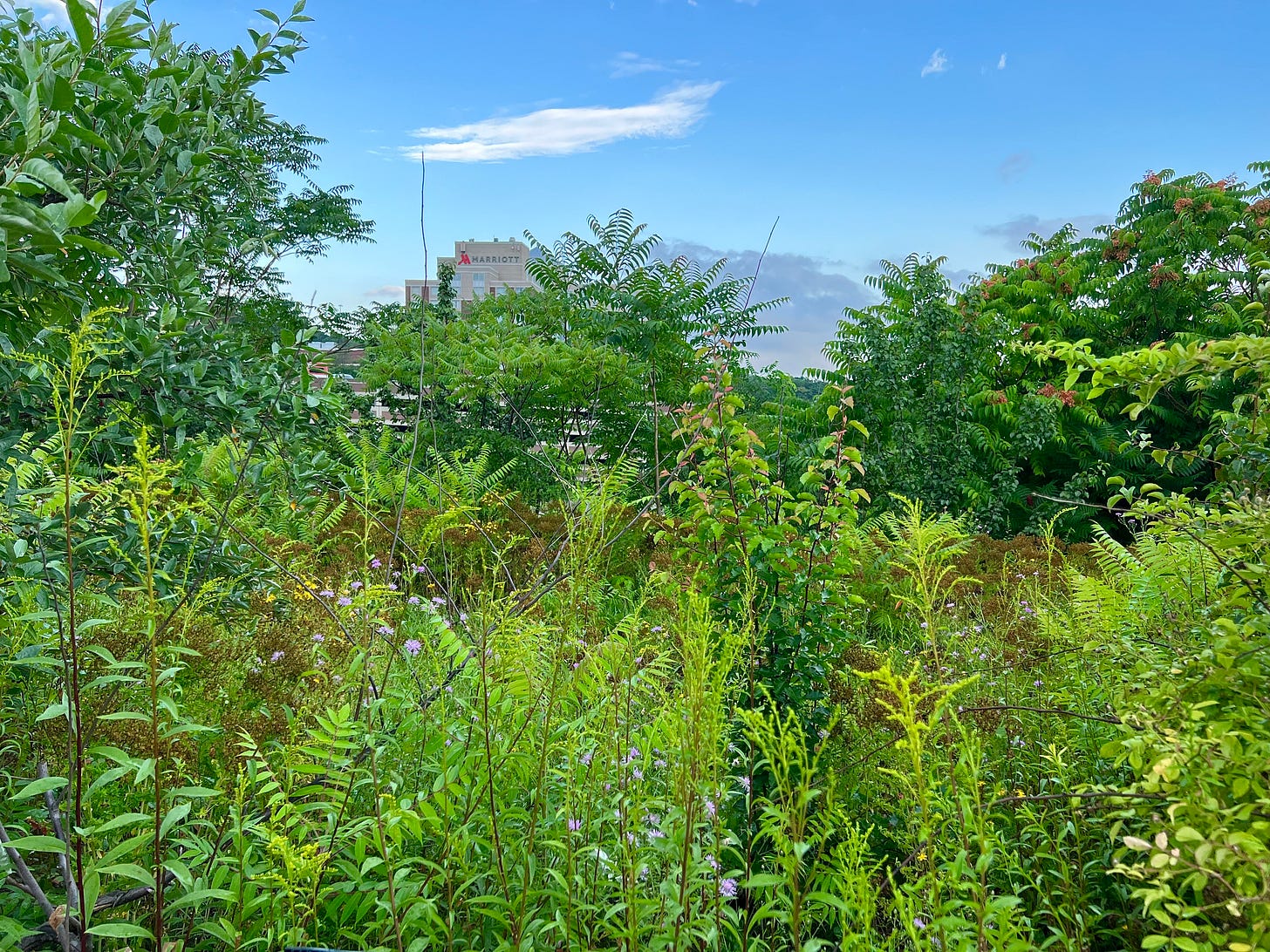

Unrelated to everything but one tiny portion of the wide net you threw (as always), Miles Standish was the executor of my great-grandfather's to the nth removal will. A weird fact that always comes to mind when I hear Michael Stipe sing his name in "Begin the Begin."
Speaking of the original apocalyptic wasteland...
Dark Emu, by Bruce Pascoe, is a good read into why Australia looks the way it does now. And that's Sheep. The First Australians tended the land better, with prescribed burns and planting, which kept the scrub from taking over. Yams and native grasses that fight erosion were gobbled up by the invasive livestock. There are multiple colonist narratives that describe land looking like manicured English parks and forests that are overgrown with impenetrable scrub now.